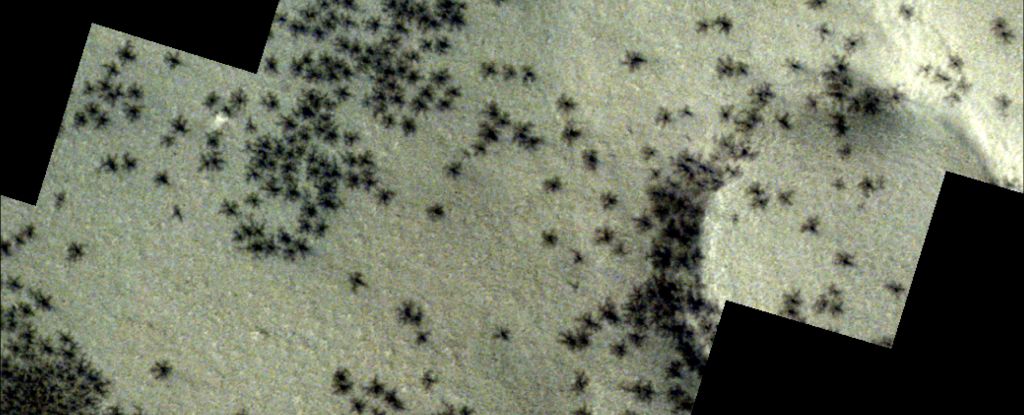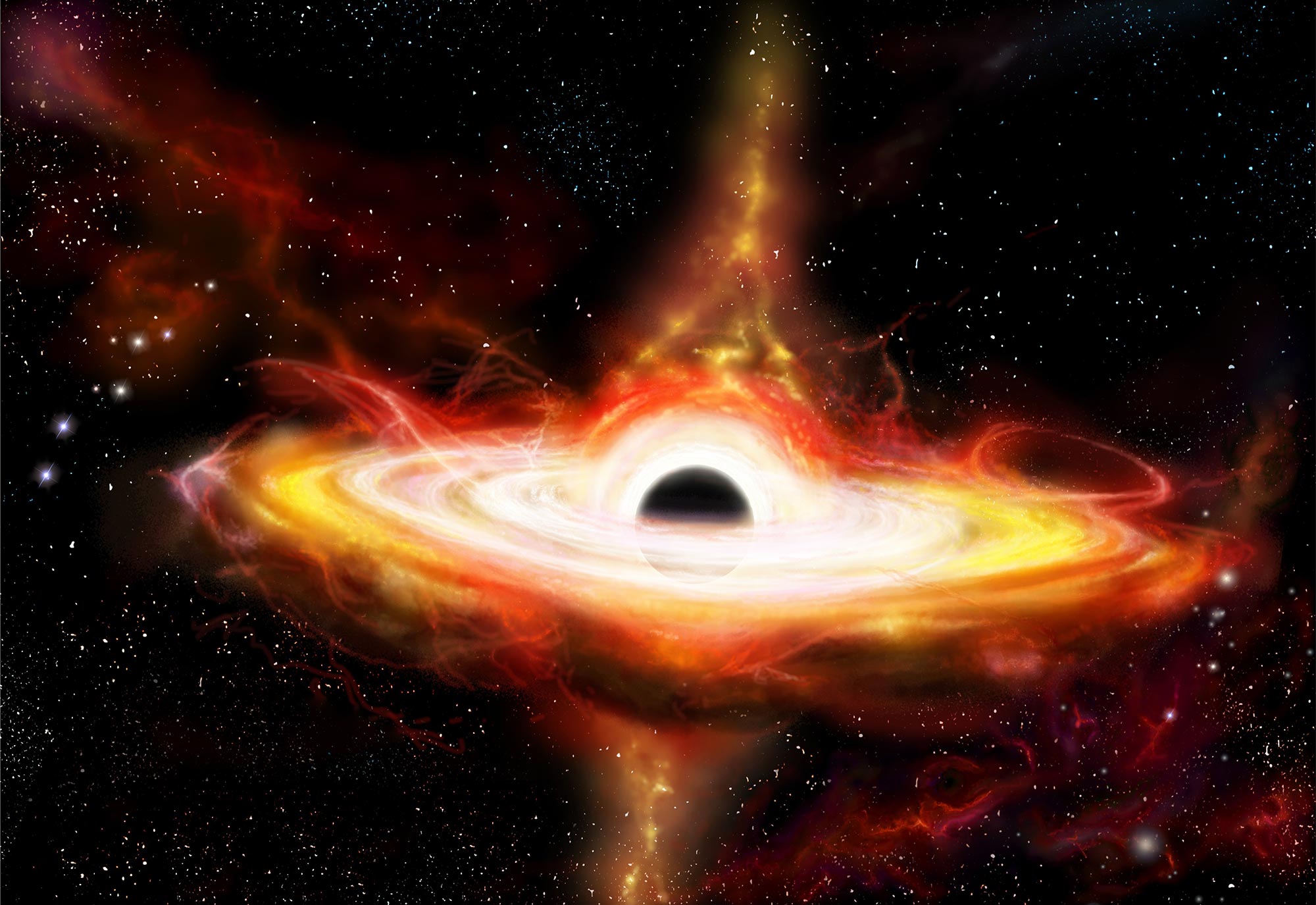Los astrónomos dirigidos por la Universidad de Durham han descubierto uno de los agujeros negros más grandes jamás descubiertos, con una masa de más de 30 mil millones de veces la del Sol, mediante el uso de lentes gravitacionales y simulaciones de supercomputadoras en las instalaciones de DiRAC HPC. Esta tecnología innovadora, que simula la luz que viaja a través del universo, ha permitido a los investigadores predecir con precisión la trayectoria de la luz tal como se ve en las imágenes reales del Telescopio Espacial Hubble. El descubrimiento fue publicado en Avisos mensuales de la Royal Astronomical Society.
Un equipo de astrónomos ha descubierto uno de los agujeros negros más grandes jamás descubiertos, aprovechando un fenómeno llamado lente gravitacional.
Gravedad curvilínea de la luz
El equipo, dirigido por la Universidad de Durham en el Reino Unido, utilizó lentes gravitacionales, donde una galaxia en primer plano dobla y magnifica la luz de un objeto distante, y las simulaciones de supercomputadoras en las instalaciones DiRAC HPC permitieron al equipo examinar de cerca cómo la luz es doblada por un agujero negro. dentro de una galaxia a cientos de kilómetros de distancia, a millones de años luz de la Tierra.
El equipo simuló la luz viajando a través del universo cientos de miles de veces, con cada simulación involucrando una masa diferente.[{» attribute=»»>black hole, changing light’s journey to Earth.

An artist’s impression of a black hole, where the black hole’s intense gravitational field distorts the space around it. This warps images of background light, lined up almost directly behind it, into distinct circular rings. This gravitational “lensing” effect offers an observation method to infer the presence of black holes and measure their mass, based on how significant the light bending is. The Hubble Space Telescope targets distant galaxies whose light passes very close to the centers of intervening fore-ground galaxies, which are expected to host supermassive black holes over a billion times the mass of the sun. Credit: ESA/Hubble, Digitized Sky Survey, Nick Risinger (skysurvey.org), N. Bartmann
30 billion times the mass of our Sun
When the researchers included an ultramassive black hole in one of their simulations, the path taken by the light from the faraway galaxy to reach Earth matched the path seen in real images captured by the Hubble Space Telescope.
What the team had found was an ultramassive black hole, an object over 30 billion times the mass of our Sun, in the foreground galaxy – a scale rarely seen by astronomers.
This is the first black hole found using gravitational lensing and the findings were published today (March 29) in the journal Monthly Notices of the Royal Astronomical Society.
Un video que muestra cómo los astrónomos usaron lentes gravitacionales para descubrir un agujero negro de 30 mil millones de veces la masa del Sol en una galaxia a 2 mil millones de años luz de distancia. Crédito: Universidad de Durham
Mirando hacia atrás en el tiempo cósmico
La mayoría de los agujeros negros más grandes que conocemos están en un estado activo, ya que la materia que se acerca al agujero negro se calienta y libera energía en forma de luz, rayos X y otras radiaciones.
Las lentes gravitacionales permiten estudiar agujeros negros inactivos, lo que actualmente no es posible en galaxias distantes. Este enfoque podría permitir a los astrónomos detectar agujeros negros inactivos que son más masivos de lo que se pensaba anteriormente e investigar cómo se vuelven tan masivos.
La historia de este mismo descubrimiento comenzó en 2004 cuando el profesor Alastair Edge, astrónomo de la Universidad de Durham, notó un arco gigante de una lente gravitacional al revisar las imágenes del SGS.
Avance rápido 19 años y con la ayuda de algunas fotos de muy alta resolución de[{» attribute=»»>NASA’s Hubble telescope and the DiRAC COSMA8 supercomputer facilities at Durham University, Dr. Nightingale and his team were able to revisit this and explore it further.
Exploring the mysteries of black holes
The team hopes that this is the first step in enabling a deeper exploration of the mysteries of black holes, and that future large-scale telescopes will help astronomers study even more distant black holes to learn more about their size and scale.
Reference: “Abell 1201: detection of an ultramassive black hole in a strong gravitational lens” by J W Nightingale, Russell J Smith, Qiuhan He, Conor M O’Riordan, Jacob A Kegerreis, Aristeidis Amvrosiadis, Alastair C Edge, Amy Etherington, Richard G Hayes, Ash Kelly, John R Lucey and Richard J Massey, 29 March 2023, Monthly Notices of the Royal Astronomical Society.
DOI: 10.1093/mnras/stad587
The research was supported by the UK Space Agency, the Royal Society, the Science and Technology Facilities Council (STFC), part of UK Research and Innovation (UKRI), and the European Research Council.
This work used both the DiRAC Data Intensive Service (CSD3) and the DiRAC Memory Intensive Service (COSMA8), hosted by University of Cambridge and Durham University on behalf of the DiRAC High-Performance Computing facility.

«Organizador aficionado. Aspirante a evangelista de la cerveza. Fanático de la web en general. Ninja certificado de Internet. Lector ávido».







More Stories
Extrañas arañas se propagan en la ciudad inca de Marte en imágenes sorprendentes
Científicos de Cambridge revelan una nueva teoría sobre los orígenes de los componentes básicos de la vida
Hubble celebra su 34 aniversario con una impresionante vista de la Nebulosa Pequeña Mancuerna